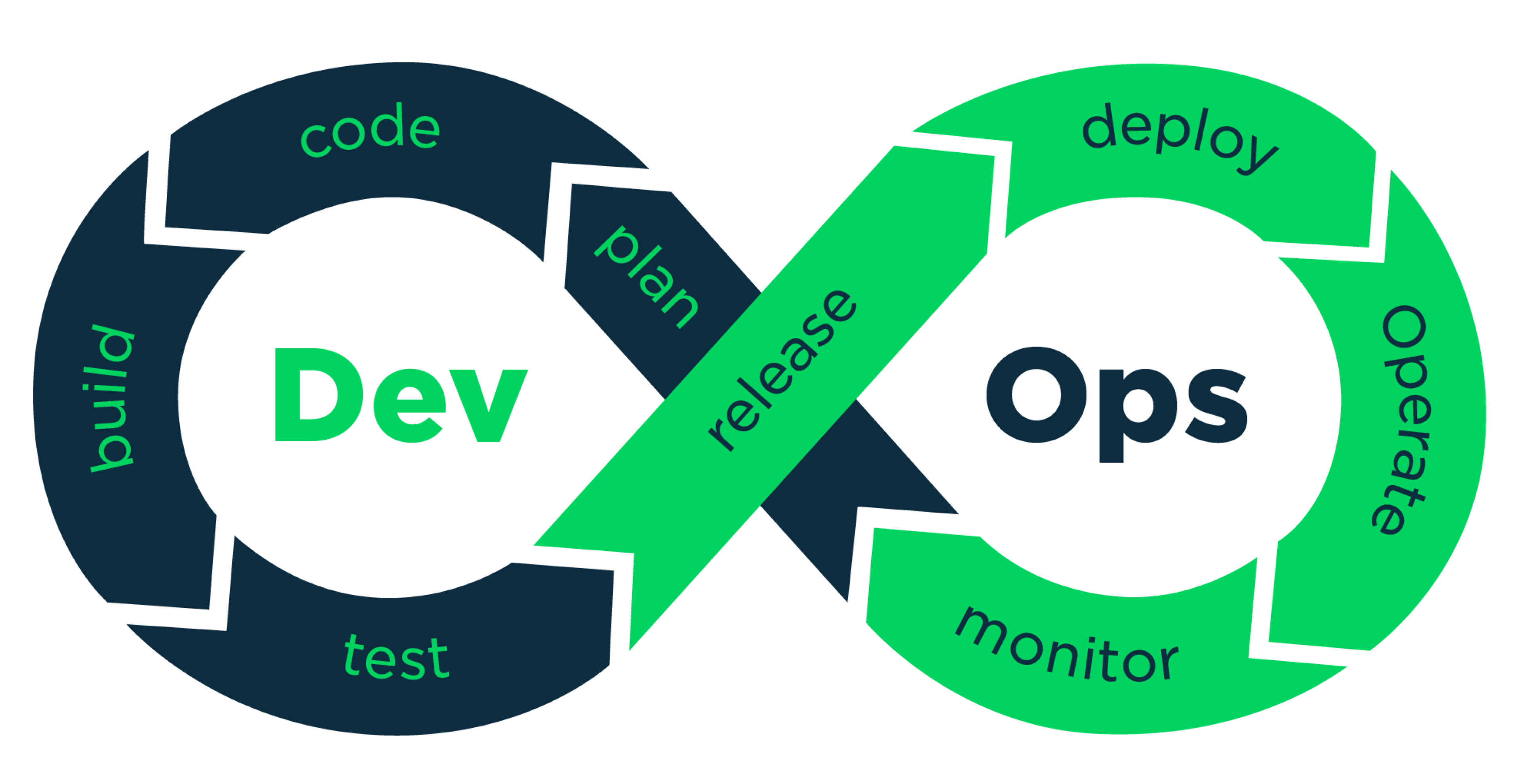LTE Troubleshooting
Inversión: $ X’XXX.XXX COP
Actualizado el 4/09/2020
Una referencia completa sobre los procedimientos de llamada de las redes 4G RAN y Core, Señalización LTE, Solución de problemas y Optimización describe los protocolos y procedimientos de LTE. Explica temas esenciales desde contadores de medición de desempeño básicos, calidad de radio y calidad del plano de usuario hasta los estándares, arquitectura, objetivos y funciones de las diferentes interfaces.
Display none
¿A quién va dirigido el curso?
- Personal técnico de operadores móviles (planificación de radio, despliegue de estación base, operación y gestión, etc.)
- Proveedores de servicios para operadores móviles.
- Proveedores de infraestructura para operadores móviles.
Requisitos para tomar el curso
El curso va orientado a responsables de sistemas de telecomunicaciones, responsables de sistemas de información, profesionales TIC, y también a estudiantes universitarios de ingenierías en telecomunicaciones, informática o afines con cierta base tecnológica (estudiantes de segundo curso en adelante).
¿Qué incluye el curso?
- Diplomas y certificaciones
- Diploma de Asistencia al entrenamiento
- Sesiones teórico-prácticas por 24 horas.
- Recursos de estudio
- Material de estudio impreso.
- Material digital de apoyo.
Contenido
1. Standards, Protocols, and Functions.
1.1 LTE Standards and Standard Roadmap.
1.2 LTE Radio Access Network Architecture.
1.3 Network Elements and Functions.
1.3.1 The eNodeB (eNB).
1.3.2 Mobility Management Entity (MME).
1.3.3 Serving Gateway (S-GW).
1.3.4 Packet Data Network Gateway (PDN-GW).
1.3.5 Interfaces and Reference Points.
1.4 Area and Subscriber Identities.
1.4.1 Domains and Strati.
1.4.2 IMSI.
1.4.3 LMSI, TMSI, P-TMSI, M-TMSI, and S-TMSI.
1.4.4 GUTI.
1.4.5 IMEI.
1.4.6 RNTI.
1.4.7 Location Area, Routing Area, Service Area, Tracking Area, Cell Global Identity.
1.4.8 Mapping between Temporary and Area Identities for EUTRANand UTRAN/GERAN-Based Systems.
1.4.9 GSM Base Station Identification.
1.4.10 UTRA Base Station Identification.
1.4.11 Numbering, Addressing, and Identification in the Session Initiation Protocol.
1.4.12 Access Point Name.
1.5 User Equipment.
1.5.1 UE Categories.
1.6 QoS Architecture.
1.7 LTE Security.
1.8 Radio Interface Basics.
1.8.1 Duplex Methods.
1.8.2 Multiple Access Methods.
1.8.3 OFDM Principles and Modulation.
1.8.4 Multiple Access in OFDM – OFDMA.
1.8.5 Resource Blocks.
1.8.6 Downlink Slot Structure.
1.8.7 OFDM Scheduling on LTE DL.
1.8.8 SC-FDMA Principles and Modulation.
1.8.9 Scheduling on LTE UL.
1.8.10 Uplink Slot Structure.
1.8.11 Link Adaptation in LTE.
1.8.12 Physical Channels in LTE.
1.8.13 Transport Channels in LTE.
1.8.14 Channel Mapping and Multiplexing.
1.8.15 Initial UE Radio Access.
1.8.16 UE Random Access.
1.9 LTE Network Protocol Architecture.
1.9.1 Uu – Control/User Plane.
1.9.2 S1 – Control/User Plane.
1.9.3 X2 – User/Control Plane.
1.9.4 S6a – Control Plane.
1.9.5 S3/S4/S5/S8/S10/S11 – Control Plane/User Plane.
1.10 Protocol Functions, Encoding, Basic Messages, and Information Elements.
1.10.1 Ethernet.
1.10.2 Internet Protocol (IPv4/IPv6).
1.10.3 Stream Control Transmission Protocol (SCTP).
1.10.4 Radio Interface Layer 2 Protocols.
1.10.5 Medium Access Control (MAC) Protocol.
1.10.6 Radio Link Control (RLC) Protocol.
1.10.7 Packet Data Convergence Protocol (PDCP).
1.10.8 Radio Resource Control (RRC) Protocol.
1.10.9 Non-Access Stratum (NAS) Protocol.
1.10.10 S1 Application Part (S1AP).
1.10.11 User Datagram Protocol (UDP).
1.10.12 GPRS Tunneling Protocol (GTP).
1.10.13 Transmission Control Protocol (TCP).
1.10.14 Session Initiation Protocol (SIP).
1.10.15 DIAMETER on EPC Interfaces.
2 E-UTRAN/EPC Signaling.
2.1 S1 Setup.
2.1.1 S1 Setup: Message Flow.
2.1.2 S1 Setup: Failure Analysis.
2.2 Initial Attach.
2.2.1 Procedure.
2.3 UE Context Release Requested by eNodeB.
2.3.1 Procedure.
2.4 UE Service Request.
2.4.1 Procedure.
2.5 Dedicated Bearer Setup.
2.6 Inter-eNodeB Handover over X2.
2.6.1 Procedure.
2.7 S1 Handover.
2.7.1 Procedure.
2.8 Dedicated Bearer Release.
2.9 Detach.
2.9.1 Procedure.
2.10 Failure Cases in E-UTRAN and EPC.
3 Radio Interface Signaling Procedures.
3.1 RRC Connection Setup, Attach, and Default Bearer Setup.
3.1.1 Random Access and RRC Connection Setup Procedure.
3.1.2 RRC Connection Reconfiguration and Default Bearer Setup.
3.1.3 RRC Connection Release.
3.2 Failure Cases.
4 Key Performance Indicators and Measurements for LTE Radio Network Optimization.
4.1 Monitoring Solutions for LTE Interfaces.
4.1.1 Monitoring the Air Interface (Uu).
4.1.2 Antenna-Based Monitoring.
4.1.3 Coax-Based Monitoring.
4.1.4 CPRI-Based Monitoring.
4.1.5 Monitoring the E-UTRAN Line Interface.
4.2 Monitoring the Scheduler Efficiency.
4.2.1 UL and DL Scheduling Resources.
4.2.2 X2 Load Indication.
4.2.3 The eNodeB Layer 2 Measurements.
4.3 Radio Quality Measurements.
4.3.1 UE Measurements.
4.3.2 The eNodeB Physical Layer Measurements.
4.3.3 Radio Interface Tester Measurements.
4.3.4 I/Q Constellation Diagrams.
4.3.5 EVM/Modulation Error Ratio.
4.4 Control Plane Performance Counters and Delay Measurements.
4.4.1 Network Accessibility.
4.4.2 Network Retainability.
4.4.3 Mobility (Handover).
4.5 User Plane KPIs.
4.5.1 IP Throughput.
4.5.2 Application Throughput.
4.5.3 TCP Startup KPIs.
4.5.4 TCP Round-Trip Time.
4.5.5 Packet Jitter.
4.5.6 Packet Delay and Packet Loss on a Hop-to-Hop Basis.
Programación
Lunes a viernes, horario flexible de acuerdo a la programación o necesidad del cliente.
Total Horas: 24
Modalidad
Remota







COMENTARIOS